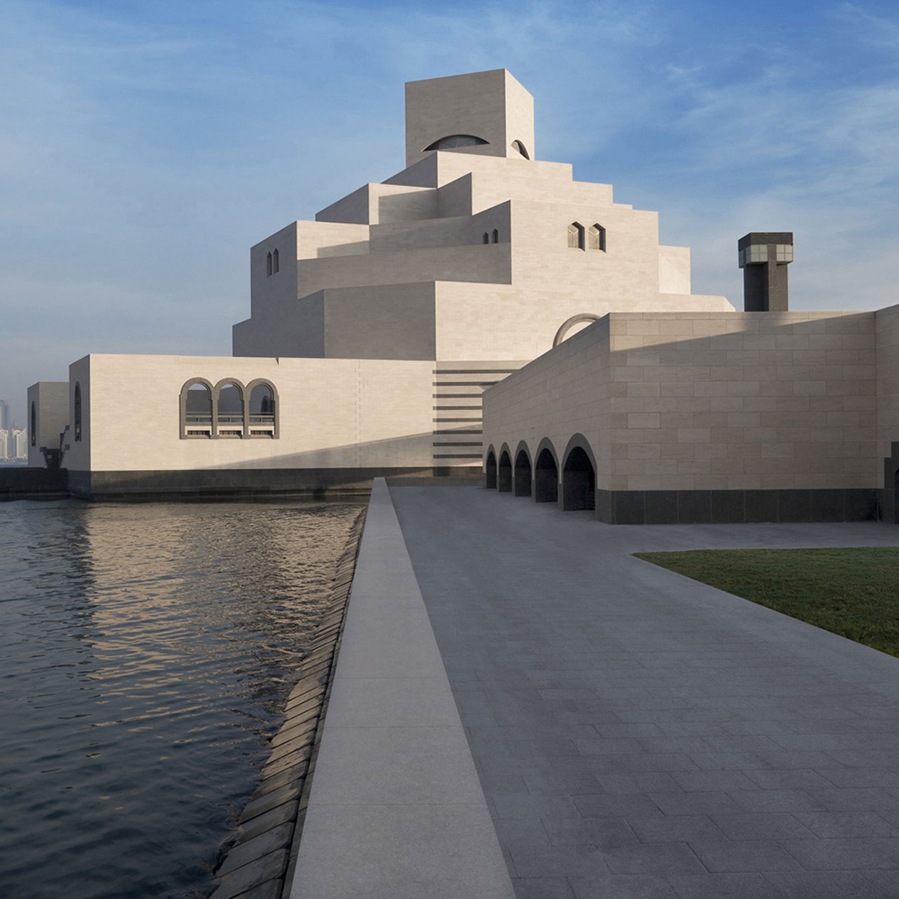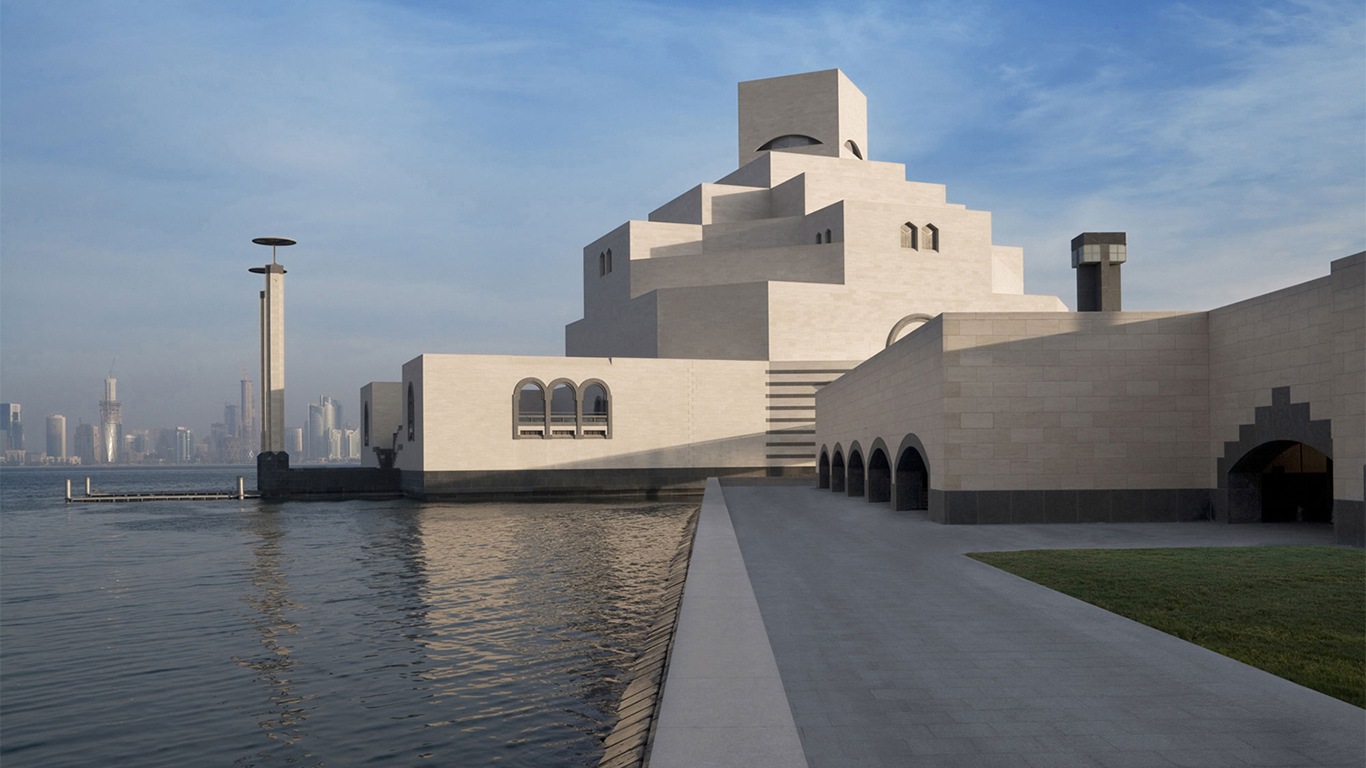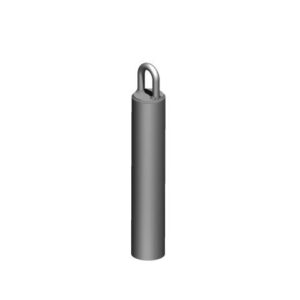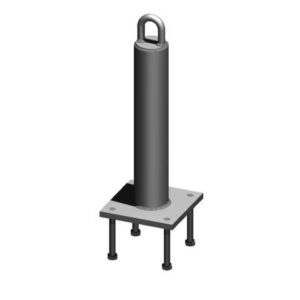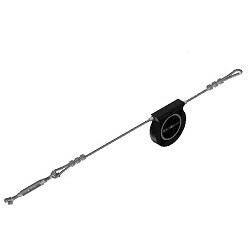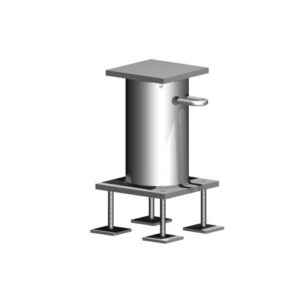Doha, Qatar
5 Storeys
General Contractor: Baytur Construction and Contracting
Pro-Bel services provided: Design, Engineer, Manufacture, Supply and Install
Designed with sleek minimalist lines, the museum is accentuated by the geometric patterns and aesthetic details found in the art and architecture of the Muslim world. The building, surrounded by a 20 hectare (49.4 acre) park, covers an area of 35,500 square meters (381,980 sq. ft.). Reflecting an almost cubist geometric expression and deceptive from the outside, the museum conceals an exterior of five floors, 3800 square meters (40,800 sq. ft.) of gallery space, an outdoor courtyard, and a vast open atrium area.
Facilities include a 200 seat auditorium, a 5-star restaurant, a fountain café, prayer halls for men and women, a museum gift and bookshop, and a conservation laboratory that aims to be both a world-class center as well as a resource for museums and collections across the region.
Pro-Bel Technical solution
This beautifully configured building has quite a number of narrow roof areas with non-existent parapets, necessitating the installation of approximately 523 lineal meters (1720’-0”) of Pro-Bel Horizontal Cable Lifeline Systems on both the 5 storey wing and the lower Education Wing, for fall protection.
Horizontal lifelines, necessarily invisible from ground level for aesthetic reasons, are used on this project to provide mobility over extended distances while working close to a vertical drop e.g. within 1.8 m (6’-0”) of roof edges, skylight, or any high, narrow, level roof area or walkway not protected by a 1067 mm (42”) high guardrail (ANSI/IWCA 1-14 and OSHA 1926.502). These cable lifelines may also be employed for sloped and vertical mobility (ladder work) if desired.
Another main Pro-Bel product employed on the lower roof is a demountable rolling davit system designed to traverse on a roof mounted track using a manually (electric optional) operated rolling carriage. The davits support a roof rigged platform that for aesthetic reasons, is stored in a roof recess beneath an aluminum grate on the lower roof. Additional standard davits (non-rolling) are employed on other portions of the building for use with a bosun’s chair. Traditional u-bar fall protection anchors of different heights and securement are also provided on the museum roof areas.



